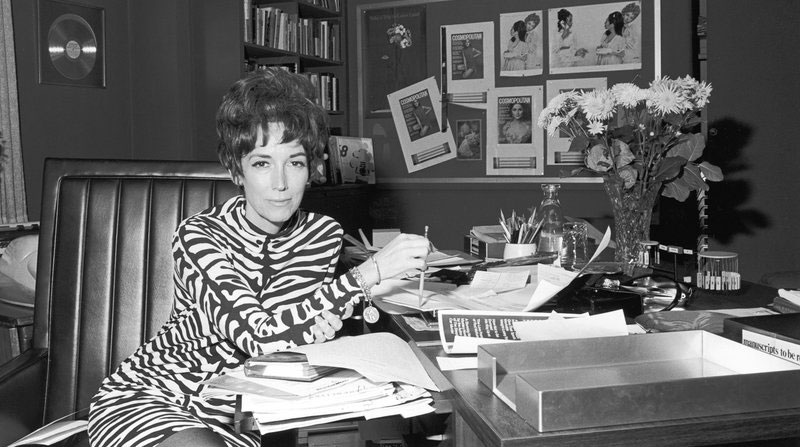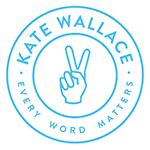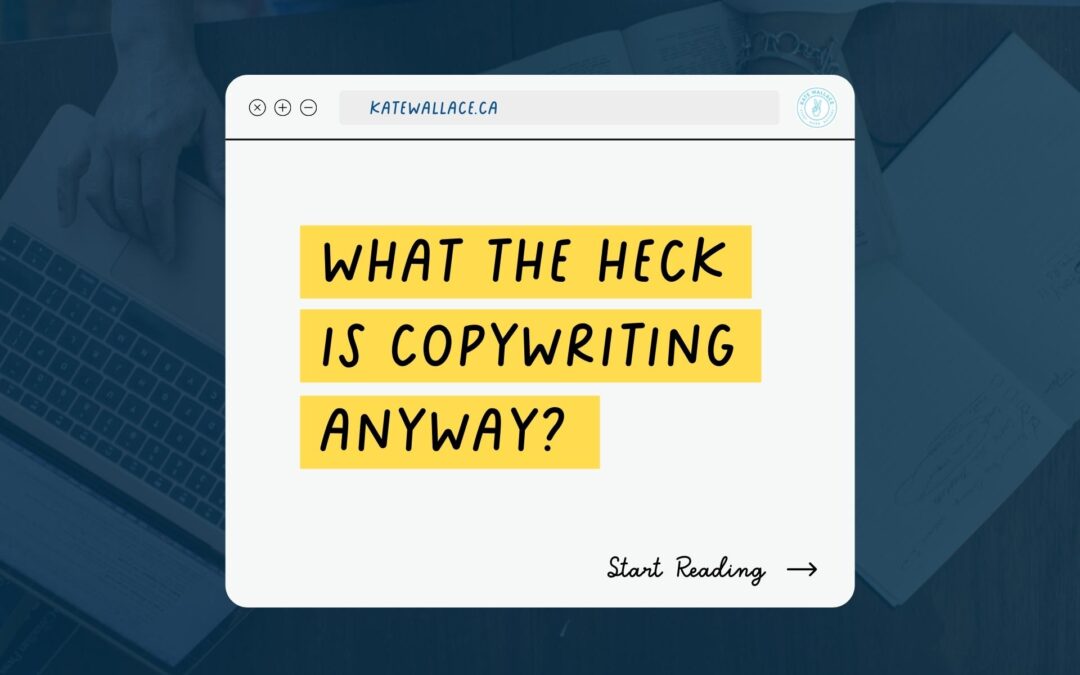Updated: April 2022
Copywriting is words that sell. And it is all around us.
Copy—what a copywriter like me crafts—is the text you read daily without realizing it.
It’s the print ads you read on the bus. Or your favourite brand’s catchy tagline (“Just do it.”). And it can even be the caption on that Instagram post you’re itching to click. It’s the clever tweet that made you download a new resource. And it’s the things people say during a $5.2 million Super Bowl commercial that started as words on a page written by a clever copywriter.
Copy is:
- The text on your sales and landing pages
- The emails you send to your list with an enticing offer
- The taglines on billboards you whiz past on the highway
- The snappy (hopefully!) words in brochures and catalogues
- Those earworm-y jingle lyrics you can’t get out of your head
- The words in magazines and newspaper ads
- Social media posts and ads
Copywriting is all about strategically crafted phrases that compel your audience to action. Usually, that means trying to get someone to buy something.
But it’s not just selling in the literal sense. Political campaigns use copy to sell ideas and candidates. And non-profits and charities use copy to get you to take action, which may mean sending a donation or doing something else to feed the hungry or save the polar bears.
And copywriting is nothing new.
The power of the written word has been harnessed to sell things since, well, the advent of writing.
Apparently, ancient Babylonia was hung with hand-painted posters advertising, I dunno, the latest wine amphorae or clearance of last season’s brass teapots. While the ancients may not have had a word for copywriting, they definitely got the concept.
The advent of the printing press in the 1400s (thanks, Gutenburg!) allowed for the mass production of writing. It sparked the printing revolution and took copywriting to a whole new level.

By the 1600s, when the first newspapers appeared, advertising—and, therefore, copywriting—was part of the package. Throughout history, every significant technological advancement has seen copywriting grow and adapt.
When print gave way to the radio, copywriting effortlessly made the leap from the page to the airwaves. And when TV followed, copywriters could pair the power of audio with moving pictures and text, taking things to another level.
Turns out, copywriting can thrive in any medium.
The history of modern copywriting is full of notables. While some writers look down their noses at us commercial scribes, the copywriting club includes some unexpected names.
F. Scott Fitzgerald wrote streetcar sign slogans before turning out literary masterpieces such as The Great Gatsby. As a Cosmo reader in my teens, I was pumped to learn that that magazine’s sassy editor, Helen Gurley Brown, also started in advertising. Ditto Elmore Leonard, Bob Newhart, and many more who jump-started their careers learning what people liked to read through commercial copywriting.

Since the 1600s, advertising—and copywriting—has become an enormous industry. It’s as much an art as a science, based on a deep understanding of your audience. It targets customers with the creativity of storytelling in a way that helps them understand the problem you solve before you even start your sales pitch.
This brings us to today.
The internet has made copywriting essential to businesses of all sizes. There’s a proliferation of professionals who make a living with our wordsmithery.
We work for agencies or as freelancers. We come from diverse backgrounds. Some are savvy employees with a keen sense of phrasing, some like me come from print journalism or the arts, and some started copywriting because they’re a company of one and there was no one else to do it.
What most people know of copywriting comes from hit shows like Mad Men, which glamorized the copywriting heyday of the 1960s. Its depictions of high-stakes pitch meetings, booze (my god, the booze!), and zingy creative brainstorming sessions represented the best time to be a copywriter. But I’d contend that today is the true golden age of copywriting.
The Golden Age Is Now
So, what makes me think today is the real golden age of copywriting? For one thing, it’s democratized. We’re all copywriters now.
With the explosion in social media, where even our personalities are “brands,” practically everyone’s an amateur copywriter, which is both exhilarating and terrifying.
The good news is that, even if you’re not a professional, you can hone your copywriting chops. As David Ogilvy, co-founder of the legendary agency Ogilvy & Mather, wrote in a famous internal memo to all employees, “Good writing is not a natural gift. You have to learn to write well.”

In writing, the best way to learn is by doing. By reading more and writing more, a kind of osmosis will happen, and you will get better. Keep at it.
And here are my favourite three Ogilvy tips from his historic memo:
- Write the way you talk. Naturally.
- Use short words, short sentences and short paragraphs.
- Never use jargon words like reconceptualize or demassification. They are hallmarks of a pretentious ass. Nobody wants that!
I’ve created my own list that overlaps with Ogilvy’s and adds some more simple advice you put into action today to make your copywriting stronger. Grab it here.
I’d love to know your copywriting challenges and triumphs. What worked? What fell flatter than a lead balloon? And what questions do you have about how to up your copywriting game?


